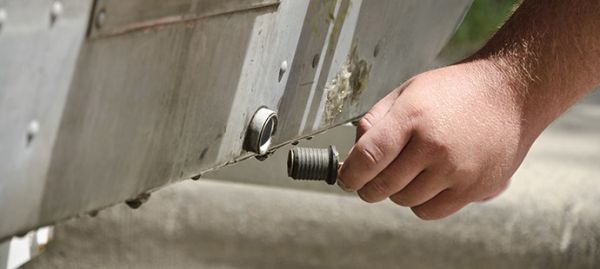White Iron Chain Of Lakes Association
Personal responsibility key to preventing aquatic invasive species spread
By the Minnesota DNR
With boating and fishing season almost here, the Department of Natural Resources is issuing a reminder that preventing the spread of aquatic invasive species is everyone's personal responsibility.
DNR Commissioner Tom Landwehr is encouraging boaters and anglers to continue to do their part to keep 95 percent of Minnesota lakes off the infested waters list. Gov. Mark Dayton declared Water Action Week to get citizens more engaged on water issues.
"Minnesotans are doing the right things to help prevent the spread of aquatic invasive species, and that is making a big difference in protecting our lakes and rivers," Landwehr said. "This is an ongoing effort, and we need all boaters and anglers to take personal responsibility and do their part."
While some Minnesotans think aquatic invasive species are "out of control" or are "everywhere" in the state, the reality is quite different. Less than 2 percent of Minnesota lakes are listed as infested with zebra mussels, and only about 5 percent are listed as having any type of invasive species.
Compliance with Minnesota's aquatic invasive species laws is increasing substantially every year, which helps protect the vast majority of Minnesota lakes that aren't infested. Roadside checks conducted by DNR conservation officers and inspectors show compliance rates of 77 percent in 2013, 83 percent in 2014, and 86 percent in 2015. Those who don't comply face citations, fines, and the possibility of infesting a lake or river.
Landwehr said it's vital for boaters and anglers to maintain their vigilance by following Minnesota's aquatic invasive species laws:
Clean aquatic plants and prohibited invasive species from watercraft.
Drain lake or river water from all equipment and keep drain plugs out during transport.
Dispose of unwanted bait in the trash, not in the water.
Lake property owners are reminded that docks and lifts must be allowed to dry for at least 21 days and clean before moving them to another body of water. More information about aquatic invasive species and how to prevent their spread is on the DNR website at www.mndnr.gov/ais.
When you subscribe to the blog, we will send you an e-mail when there are new updates on the site so you wouldn't miss them.
